
Learning to sleep on your back may improve the quality of your sleep. For many Australians, this position can be helpful with joint pain or physical ailments. We break down how to train yourself to sleep comfortably on your back for the long-term.
It is important to note, however, that sleeping on your back may not be ideal for pregnant women. Additionally, sufferers of sleep apnoea, heartburn or acid reflux may need to use a wedge pillow to be comfortable. If you are unsure if this position is right for you, please consult your doctor or medical professional for advice.
How to sleep on your back
1. Choose a supportive mattress
2. Use the right pillows
3. Prepare before bed
What are the benefits?
1. Choose a supportive mattress
Support for sleeping on your back
In order to sleep comfortably on your back, your mattress must offer appropriate comfort and support. We know from our research with the Orthopaedic Advisory Board that the best sleeping posture is the same as when standing upright naturally.
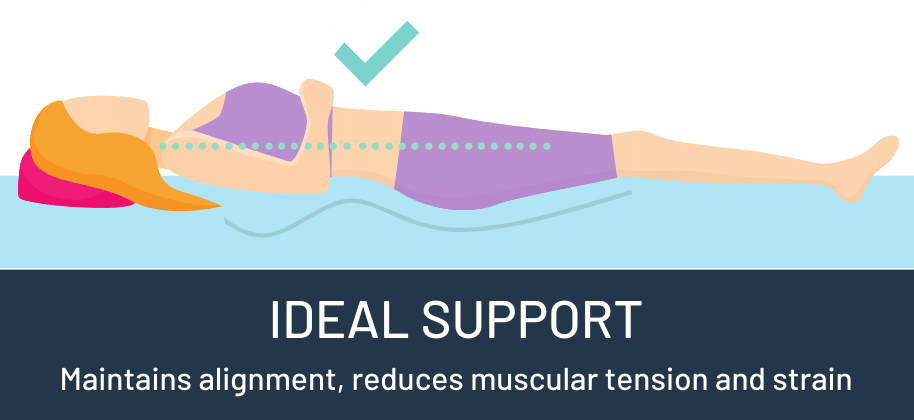
Your shoulders, hips and ankles should be in a straight line, allowing the surrounding muscles to relax while lying down. This is true of all sleeping positions, whether on the front, back or side.
If a bed doesn’t have enough support, you may end up sinking down (especially at the hips). This causes your muscles to strain as they try to correct your posture, resulting in discomfort and back pain.
Likewise, if a mattress does not have a support system and relies solely on hard foams or internal layers, it may cause you to lie in an unnatural way, compromising your spinal alignment.
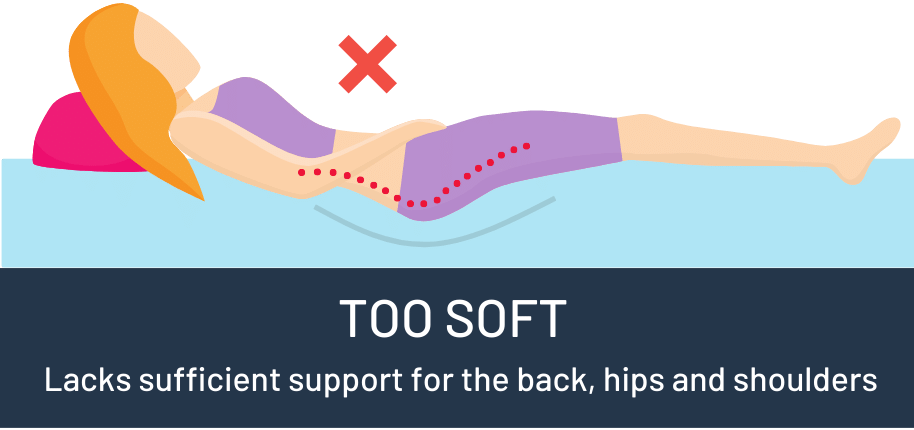
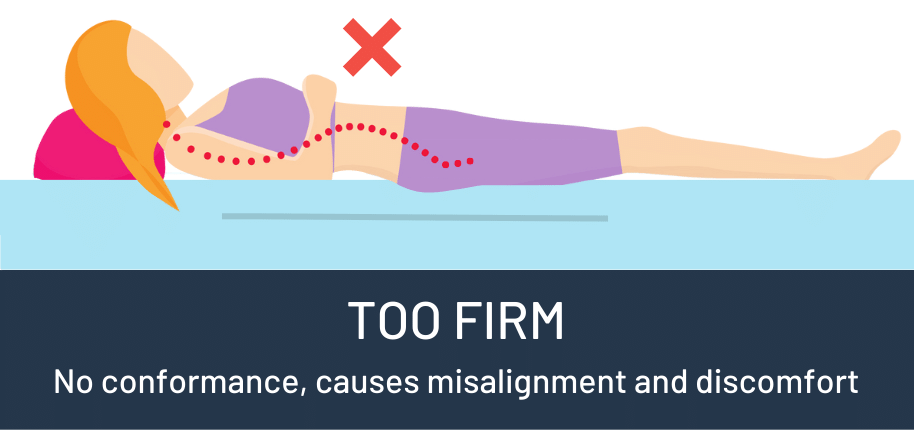

If a bed doesn’t have enough support, you may end up sinking down (especially at the hips). This causes your muscles to strain as they try to correct your posture, resulting in discomfort and back pain.

Likewise, if a mattress does not have a support system and relies solely on hard foams or internal layers, it may cause you to lie un an unnatural way, compromising your spinal alignment.
Comfort for sleeping on your back
Mattress comfort alleviates stress placed on the body’s pressure points. Side sleepers often need a softer mattress because they place extra pressure on their hips and shoulders, requiring more cushioning in those areas. Back sleepers have a more even distribution of weight across the mattress than side sleepers, and do not necessarily benefit from the added cushioning.
Many back sleepers prefer a medium, firm or ultra firm mattress because it holds the body in the ideal, neutral position. Take note of the comfort level of your mattress and how it feels when you lie on your back. You can learn more about mattress comfort here.

2. Use the right pillows
A poor sleeping posture causes pain, soreness and tension. This logic extends to your pillow. Consider the position your head and spine are in when you are standing straight and looking forward. Regardless of how you sleep, whether on your back or your side, you’ll want to be in that same neutral position.
While learning to sleep on your back, remember that your head, neck and shoulders should align with your back and hips. If your pillow is too soft or sits too low, your head will sink backwards. This exaggerates the natural curvature of your spine and causes discomfort, tension and strain. Similarly, a pillow that is too thick or too high results in a loss of your natural curvature, aggravating your neck and spine.
The best way to find out whether a pillow will properly support you is to test it for yourself. We have a helpful guide to aid in choosing the right pillow depending on your sleeping position, lifestyle and health considerations.
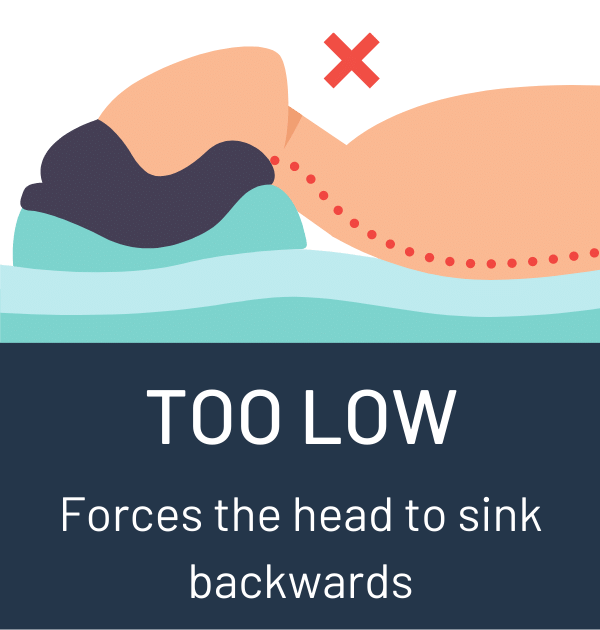
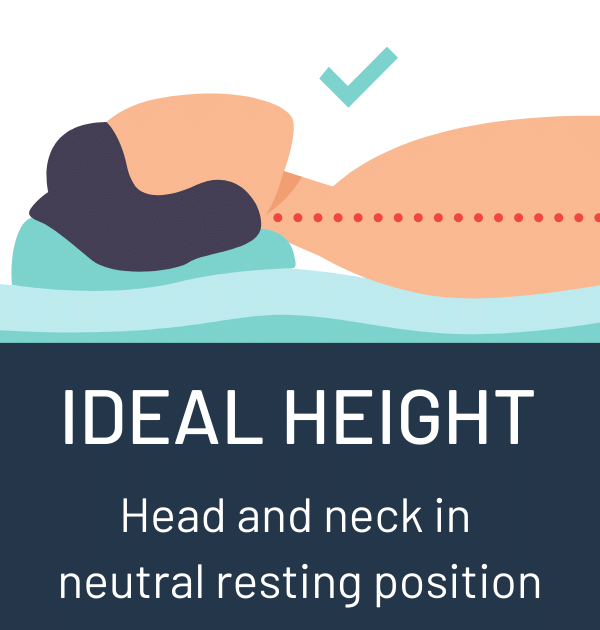
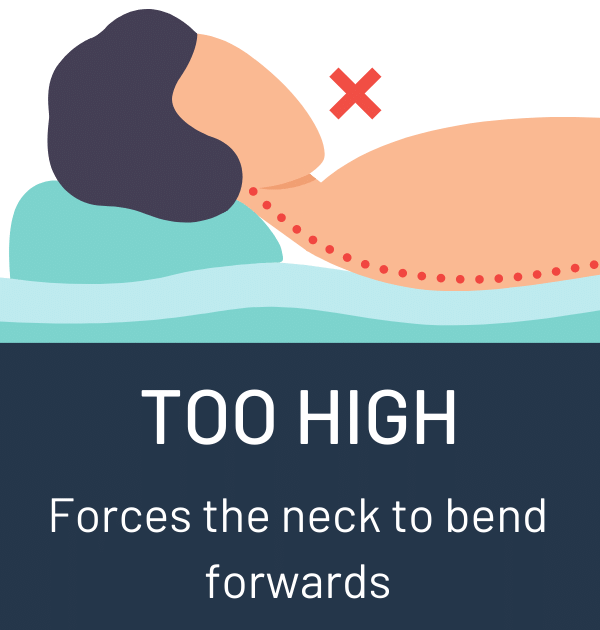



3. Prepare before bed
There are some practices that may help you to sleep more comfortably on your back at night, making the transition to long-term back sleeping a little easier.
STRETCH BEFORE BED
If you find that you experience stiffness or mild discomfort when lying on your back, it is important to consult with your medical professional to rule out any concerns or underlying conditions.
For many people, the discomfort is simply a cause of tight muscles or postural strain, especially if you live a sedentary lifestyle. Lying on your back can highlight these concerns. Many sources recommend stretching before bed as a way to alleviate some of these symptoms. There are a number of stretches you may wish to try, as well as pre-bedtime yoga routines. Please consult with your doctor or healthcare practitioner before engaging in any new activities of this nature.
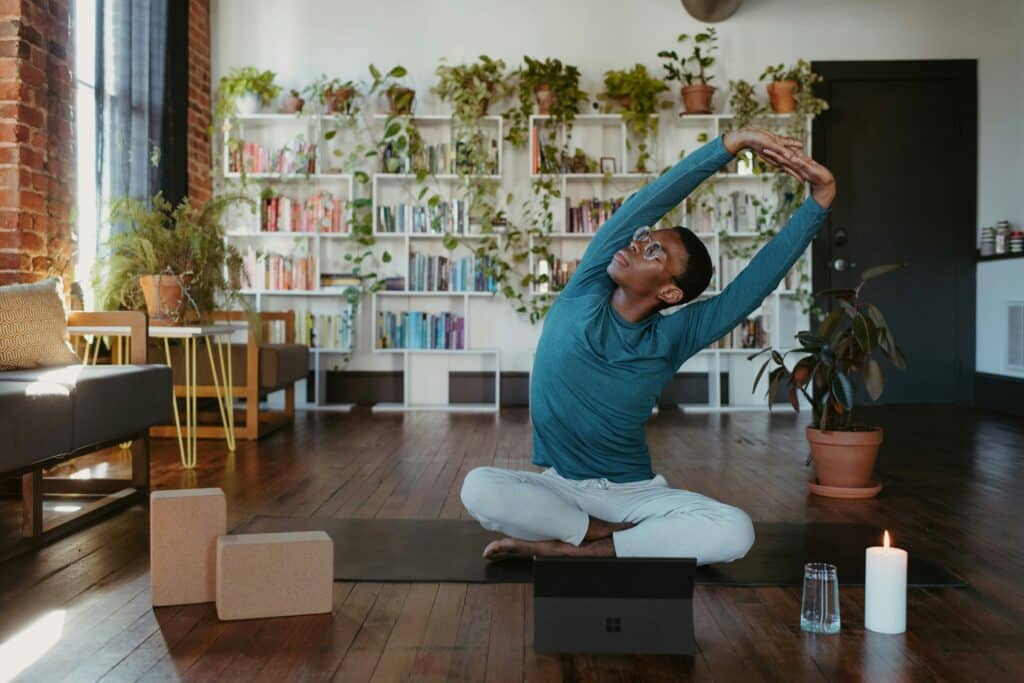
USE PILLOWS TO TRAIN YOURSELF TO SLEEP ON YOUR BACK
In addition to a pillow for your neck, some people find it beneficial to use a pillow beneath the lower back or knees, as well. This is especially helpful if your mattress does not provide adequate support, or if you are not accustomed to sleeping on your back. There are specialist pillows designed for this purpose, however a standard pillow or rolled-up towel will also work as long as it is not too thick.
If you are newly learning how to sleep on your back, use multiple pillows to train yourself to stay in one spot. Surrounding yourself with pillows prevents you from rolling over or changing positions. Once you are used to back sleeping, you should be able to reduce the number of barriers or eliminate them entirely.

TRY A FEW DIFFERENT POSITIONS
You may not find it comfortable or natural to lie completely still with your arms by your sides. Learning to sleep on your back may take some time. One option is to trial different positions while still laying on your back. A popular choice is the ‘starfish’, with extended arms and legs across the surface of the mattress. If this takes up too much space, try one arm or leg at a time and adjust as necessary.
Ultimately, learning to sleep on your back will take time. The key is to be persistent and patient, and with time you will find the position more natural.
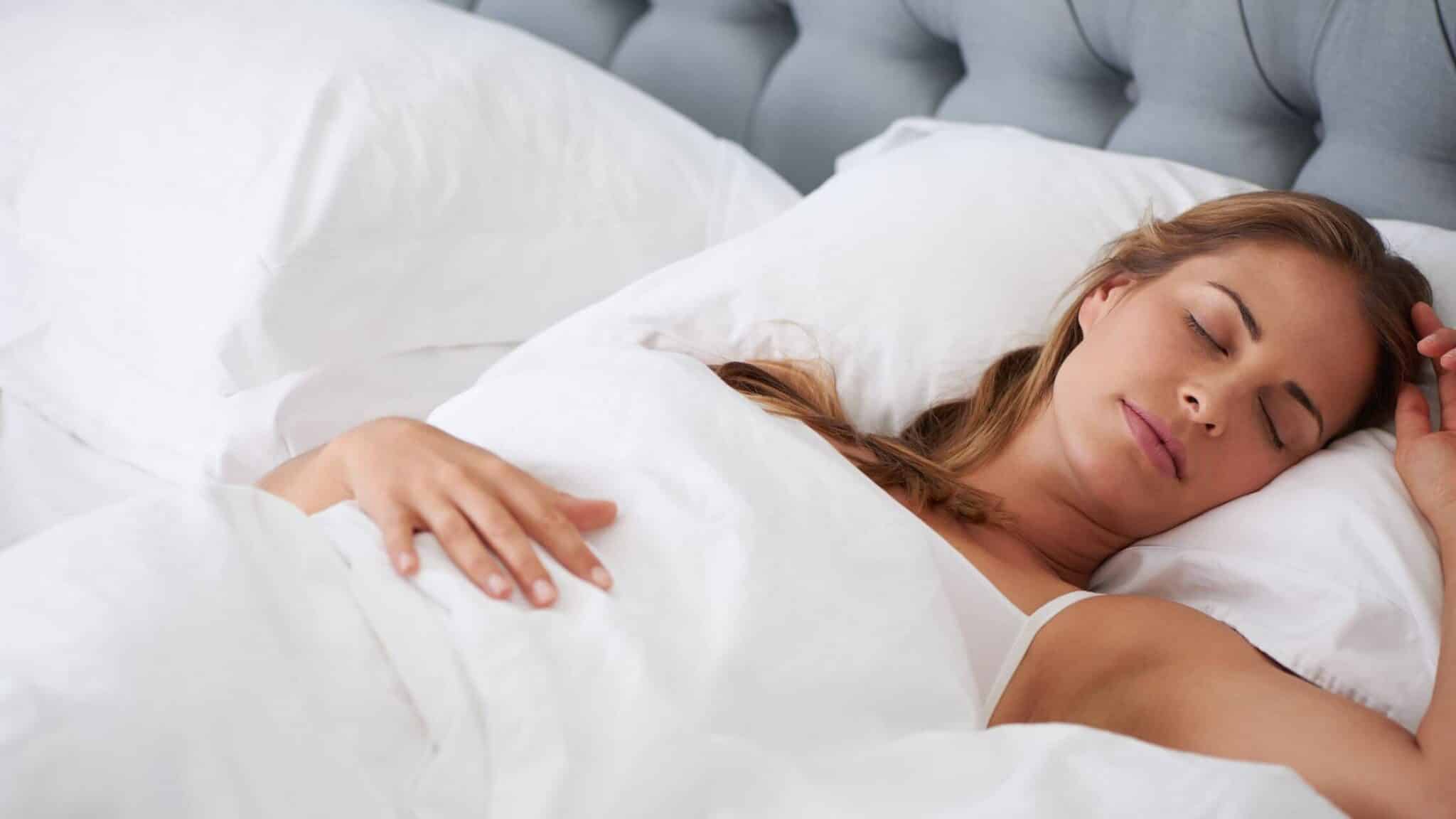
The benefits of sleeping on your back
There are many reasons besides comfort for sleeping on your back. In addition to relieved joint pain or muscular soreness, some people may experience:
- Sinus relief or reduced congestion, especially during illnesses with the head slightly elevated
- Reduced tension headaches with pressure alleviated from the head and neck
- Reduced appearance of puffy eyes by eliminating blood and fluid buildup or swelling
- Clearer skin or reduced breakouts on the face due to reduced contact with pillowcases
- Prevention of wrinkles and fine lines as the face is not undergoing friction against a surface
FAQs for back sleeping
How can I make myself sleep on my back?
Learning to sleep on your back takes time and persistence. You may try using pillows to make yourself more comfortable, or use them as a barrier to prevent yourself from rolling over during the night. The most important step is having a supportive mattress and pillow.
Is it better for your body to sleep on your back?
Sleeping on your back reduces pressure on the spine and may be more comfortable, as long as your mattress and pillow are supportive. Back sleeping is not ideal for everyone, such as pregnant women and sufferers of respiratory ailments. It is always best to check with your medical professional.
Where do you put your arms when sleeping on your back?
When sleeping on your back, you may find it comfortable to put your arms by your sides, or extended outwards in a starfish position. Raising your arms too far above your head may cause shoulder pain in some people, so be sure to avoid any numbness or discomfort.
Where do you put pillows when sleeping on your back?
When sleeping on your back, you may add pillows under your knees and lower back for added comfort. You can also use them as a barrier to keep you from rolling over or changing positions during the night.
What sleeping position takes pressure off your back?
The sleeping position that takes pressure off your back depends on your health and physical needs; however, many people find that sleeping on their back alleviates the most discomfort and strain. Ensure you have a supportive mattress and consult a healthcare professional for advice.

